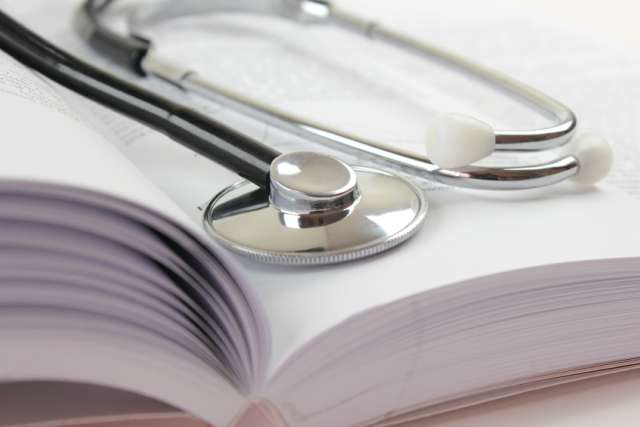Dear Doctors: I heard a story on the news about a connection between your gut microbiome and whether you like to exercise. Is that really true? If it is, I’d like to know how the scientists figured that out. Is there a way to change your gut to make you like working out?
Dear Reader: You’re referring to the results of intriguing new research that, not too surprisingly, has found its way into the headlines.
According to the study, which was published late last year in the journal Nature, certain bacteria living in the guts of mice appear to amp up their desire to be physically active. But it’s not the microbes themselves that make the mice want to exercise. Rather, they turned out to be a crucial part of a complex metabolic pathway associated with the release of dopamine, a neurotransmitter produced in the brain. Among dopamine’s numerous functions is a key role in pleasurable reward and motivation.
The study itself is fascinating. The researchers began with a question: What motivates the desire to be physically active? In search of an answer, they looked at the exercise habits of 200 mice. When placed in cages outfitted with treadmills and running wheels, the mice voluntarily exercised at different rates and for varying durations. While some ran long and often, others exercised only sporadically. Tests found no measurable differences in either the genetic makeup or the metabolisms of the high- and low-exercising groups of mice.
But when the scientists began to study the makeup of the rodents’ gut microbiomes, significant differences emerged. They administered a range of antibiotics to the mice, each of which selectively targeted certain gut bacteria. When the researchers measured activity levels after the gut bacteria had been eliminated, they found they had been cut in half. And when bacteria were systematically restored to the guts of the mice, only two types, Eubacteria and Coprococcus, were linked to a voluntary increase in exercise. But why?
Further study uncovered a link between those two bacteria and a metabolic process that leads to increased levels of dopamine in the brain. As we mentioned before, this neurotransmitter is associated with pleasure and reward. The takeaway was that the presence of those two types of bacteria allowed the mice to get a good jolt of dopamine, which led to the enjoyable physical sensation of a runner’s high.

It’s important to remember that this was a rodent study, and the results don’t translate directly to humans. But because our tiny cousins have biological and genetic characteristics that closely resemble our own, the results are promising.
The researchers have announced plans to look for similar metabolic pathways in humans, in which the presence of certain bacteria in the gut make exercise pleasurable. In the meantime, there are steps we all can take to enhance and preserve gut diversity. Eat a diet rich in a variety of fresh vegetables, fruit and leafy greens. Steer clear of added sugars and highly processed foods. And, even if you don’t naturally crave it, exercise.
(Send your questions to askthedoctors@mednet.ucla.edu, or write: Ask the Doctors, c/o UCLA Health Sciences Media Relations, 10960 Wilshire Blvd., Suite 1955, Los Angeles, CA, 90024. Owing to the volume of mail, personal replies cannot be provided.)





